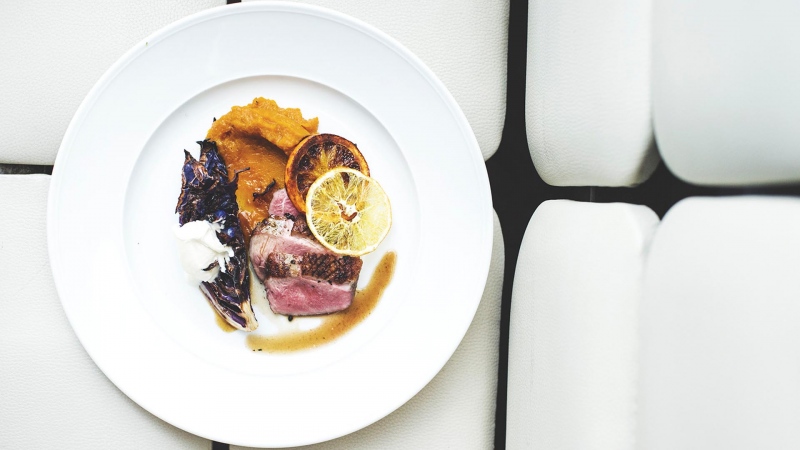
The art of food presentation - Explore the world of food styling
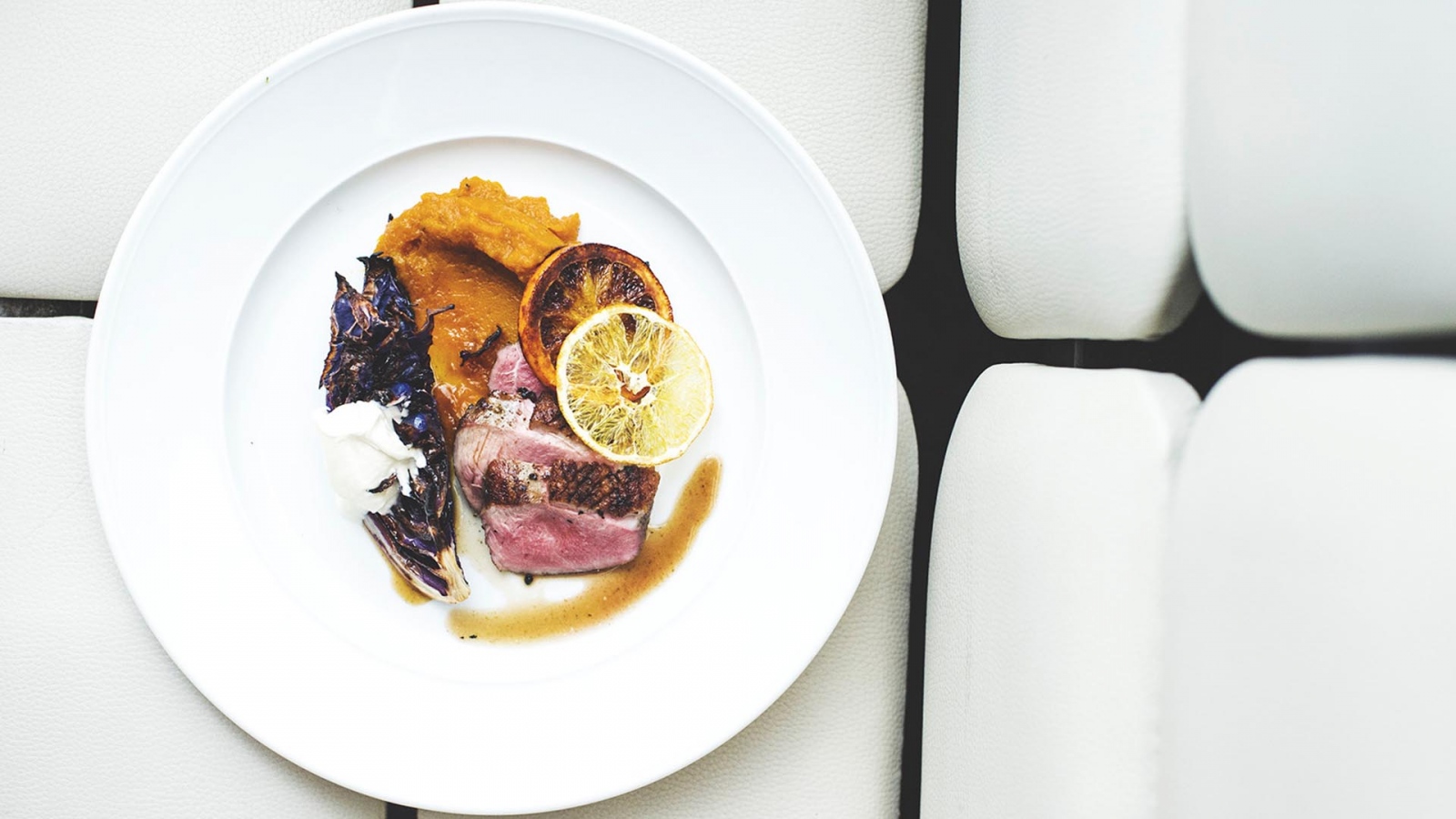
You really do eat with your eyes. It’s a scientific fact that eating becomes a more pleasurable experience when your meal is presented in an appealing way. Harmony is important not only with cooking, but with how you present your dish to your guests. Read on for a number of trick and tips for becoming a food styling expert!
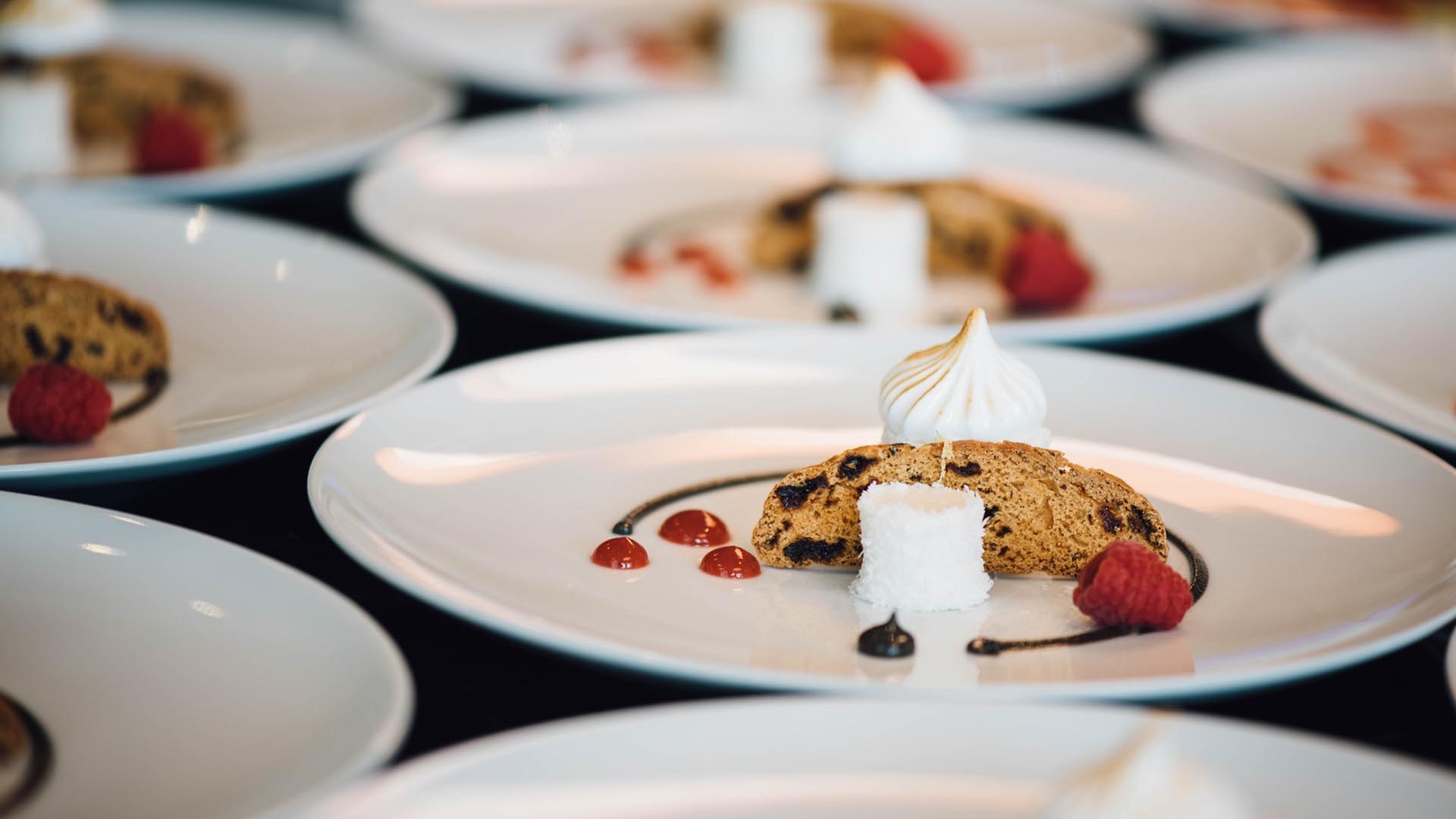 You should once again start with the base of the problem, literally: decide what you want to present your food on! Aesthetics have become as important as functionality with today’s food plates: a simple ceramic plate or a fashionable designer dish, and even more unusual accessories such as wood plates have made their way to our homes. What’s important is to choose a plate that fits the meal you’re about to present, but one that is still fully functional!
You should once again start with the base of the problem, literally: decide what you want to present your food on! Aesthetics have become as important as functionality with today’s food plates: a simple ceramic plate or a fashionable designer dish, and even more unusual accessories such as wood plates have made their way to our homes. What’s important is to choose a plate that fits the meal you’re about to present, but one that is still fully functional!
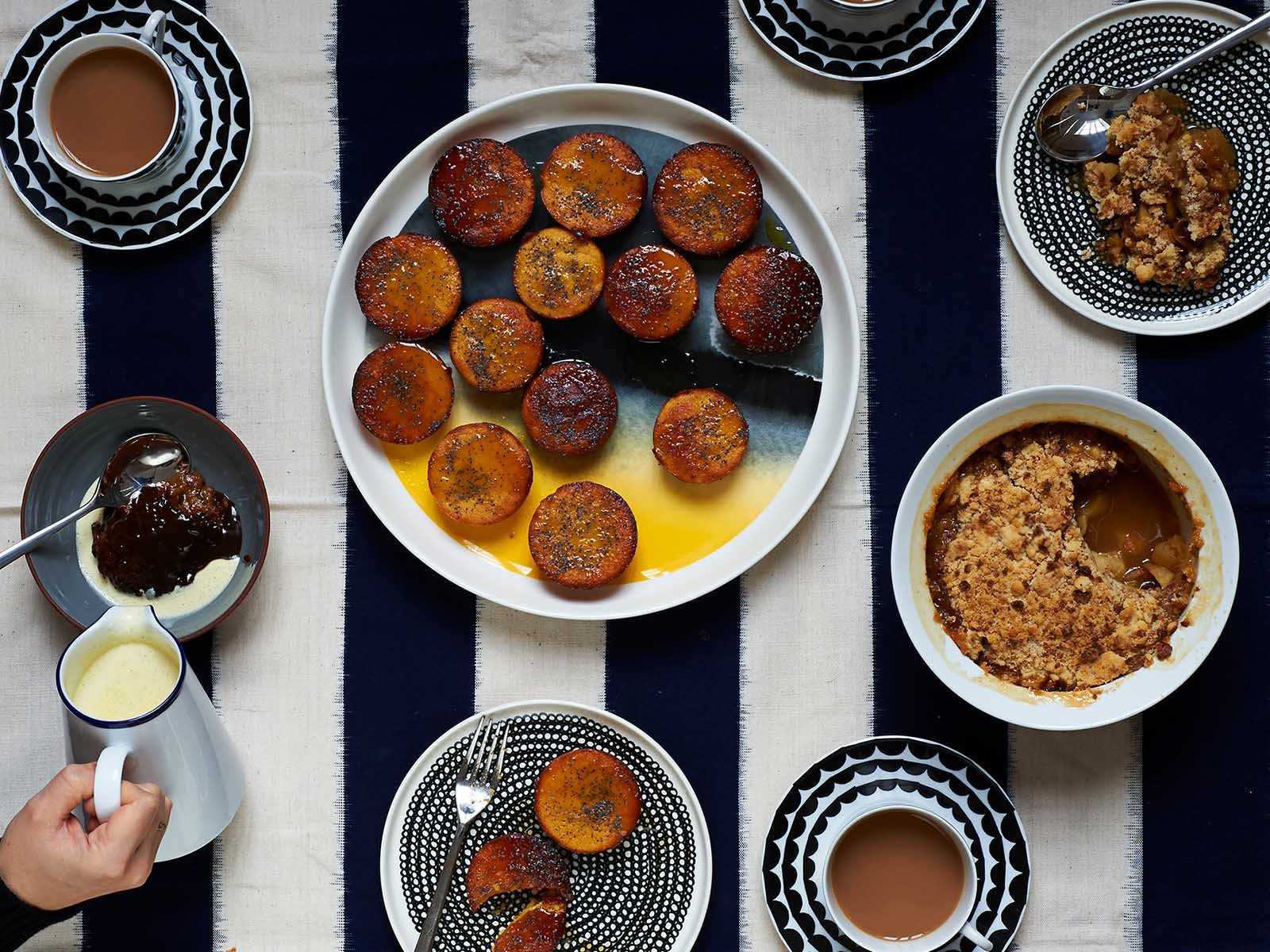 It’s a cliché, but it’s true: think of it as a painting. Colors and textures have to create visual harmony. Even though a number of chefs claim that focusing too much on visual presentation will have its toll on flavor and the actual quality of food, you still have to make space for some visual creativity - most of the time, the best culinary experiences combine form, color and taste perfectly. But while a painting works on a two-dimensional platform, with meals you truly have to work in a three-dimensional environment. It’s much easier to play with the form of a meal than its color, so try to think of what colors you want to use for your food - then you can start playing with the whole form of the meal!
It’s a cliché, but it’s true: think of it as a painting. Colors and textures have to create visual harmony. Even though a number of chefs claim that focusing too much on visual presentation will have its toll on flavor and the actual quality of food, you still have to make space for some visual creativity - most of the time, the best culinary experiences combine form, color and taste perfectly. But while a painting works on a two-dimensional platform, with meals you truly have to work in a three-dimensional environment. It’s much easier to play with the form of a meal than its color, so try to think of what colors you want to use for your food - then you can start playing with the whole form of the meal!
 When you’re done designing the meal, put the empty plate in front of you and think of the space you want to take up with the food! Whatever stays empty around the meal is called “negative space” - a term used often by experts. Playing around with negative space you can create a nice visual effect: the more negative space on the plate, the more emphasis on the meal itself. Less is more, as you know!
When you’re done designing the meal, put the empty plate in front of you and think of the space you want to take up with the food! Whatever stays empty around the meal is called “negative space” - a term used often by experts. Playing around with negative space you can create a nice visual effect: the more negative space on the plate, the more emphasis on the meal itself. Less is more, as you know!
 Never let your taste-guard down while thinking about food presentation - no one cares for a good-looking meal that has disappointing flavor. According to science, there are six basic tastes: saltiness, sweetiness, bitterness, sourness, the savory umami taste, and the taste of fat and fatty acids. Ever since the growing popularity of Asian cuisine, it has become common knowledge that sweet and sour go together quite well. The other thing that is rarely mentioned at home is the latest trend of using acids in cooking, mostly in professional kitchens. This includes the use of vinegar and citrus fruits. Acids can be used for transferring heat (think about making a ceviche!), but it’s a much more important function of acids to convey a fresh and appetizing feel to you - as usual, to an extent.
Never let your taste-guard down while thinking about food presentation - no one cares for a good-looking meal that has disappointing flavor. According to science, there are six basic tastes: saltiness, sweetiness, bitterness, sourness, the savory umami taste, and the taste of fat and fatty acids. Ever since the growing popularity of Asian cuisine, it has become common knowledge that sweet and sour go together quite well. The other thing that is rarely mentioned at home is the latest trend of using acids in cooking, mostly in professional kitchens. This includes the use of vinegar and citrus fruits. Acids can be used for transferring heat (think about making a ceviche!), but it’s a much more important function of acids to convey a fresh and appetizing feel to you - as usual, to an extent.
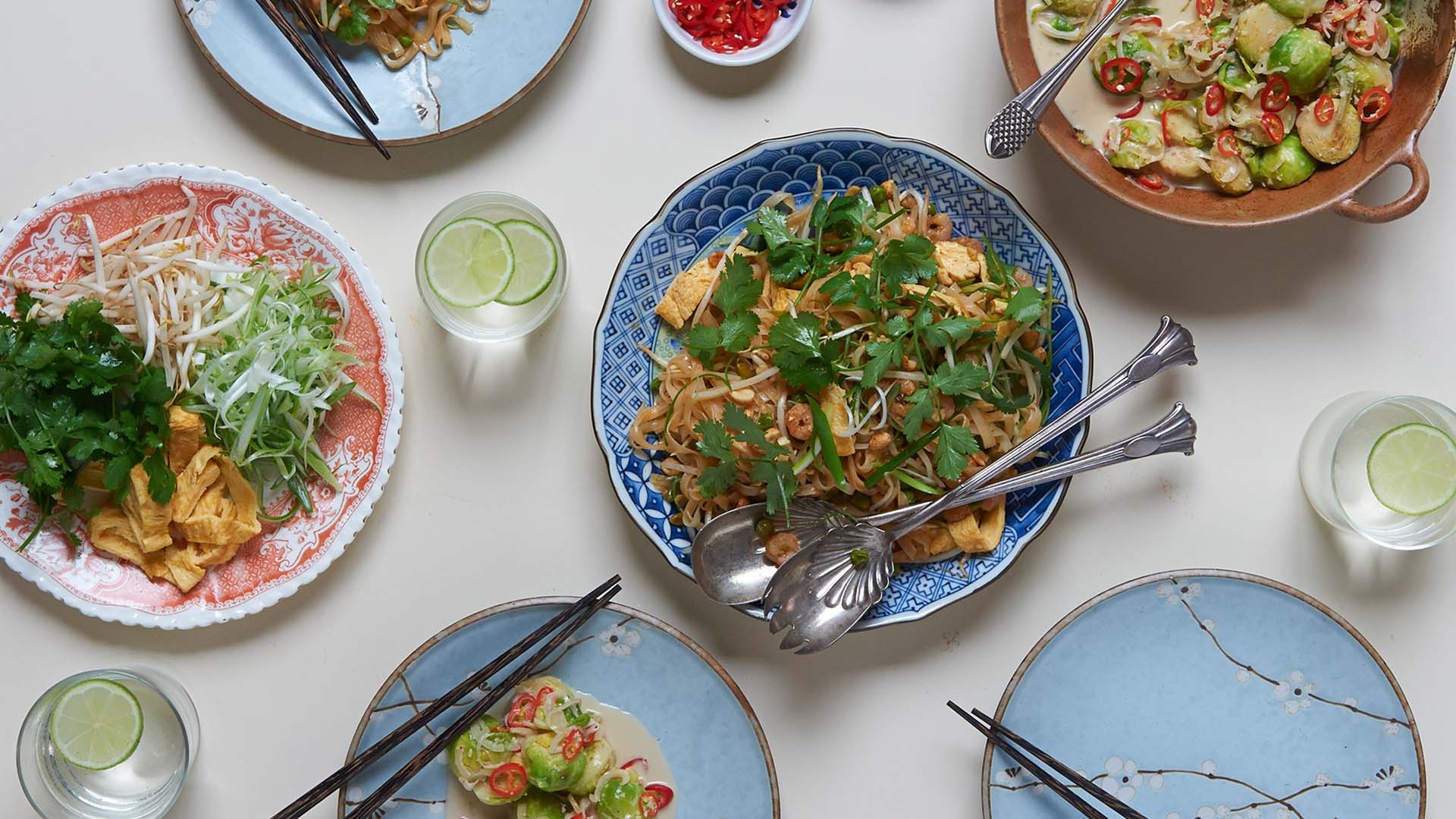 Using different textures has a similar, stimulating effect on your brain. Eating is a process full of impulses; a dance of textures and forms and flavors, stimulating your brain in different ways. Try introducing crunchy bits to your food - see what you can contrast it with, or what you can pair it with! Use seasonal ingredients, even though it’s perfectly possible to get any ingredient at any time of the year nowadays. Still, fruit and vegetable are in their best shape if you buy them in their respective seasons, having the best possible texture paired with the best possible flavor they can offer.
Using different textures has a similar, stimulating effect on your brain. Eating is a process full of impulses; a dance of textures and forms and flavors, stimulating your brain in different ways. Try introducing crunchy bits to your food - see what you can contrast it with, or what you can pair it with! Use seasonal ingredients, even though it’s perfectly possible to get any ingredient at any time of the year nowadays. Still, fruit and vegetable are in their best shape if you buy them in their respective seasons, having the best possible texture paired with the best possible flavor they can offer.
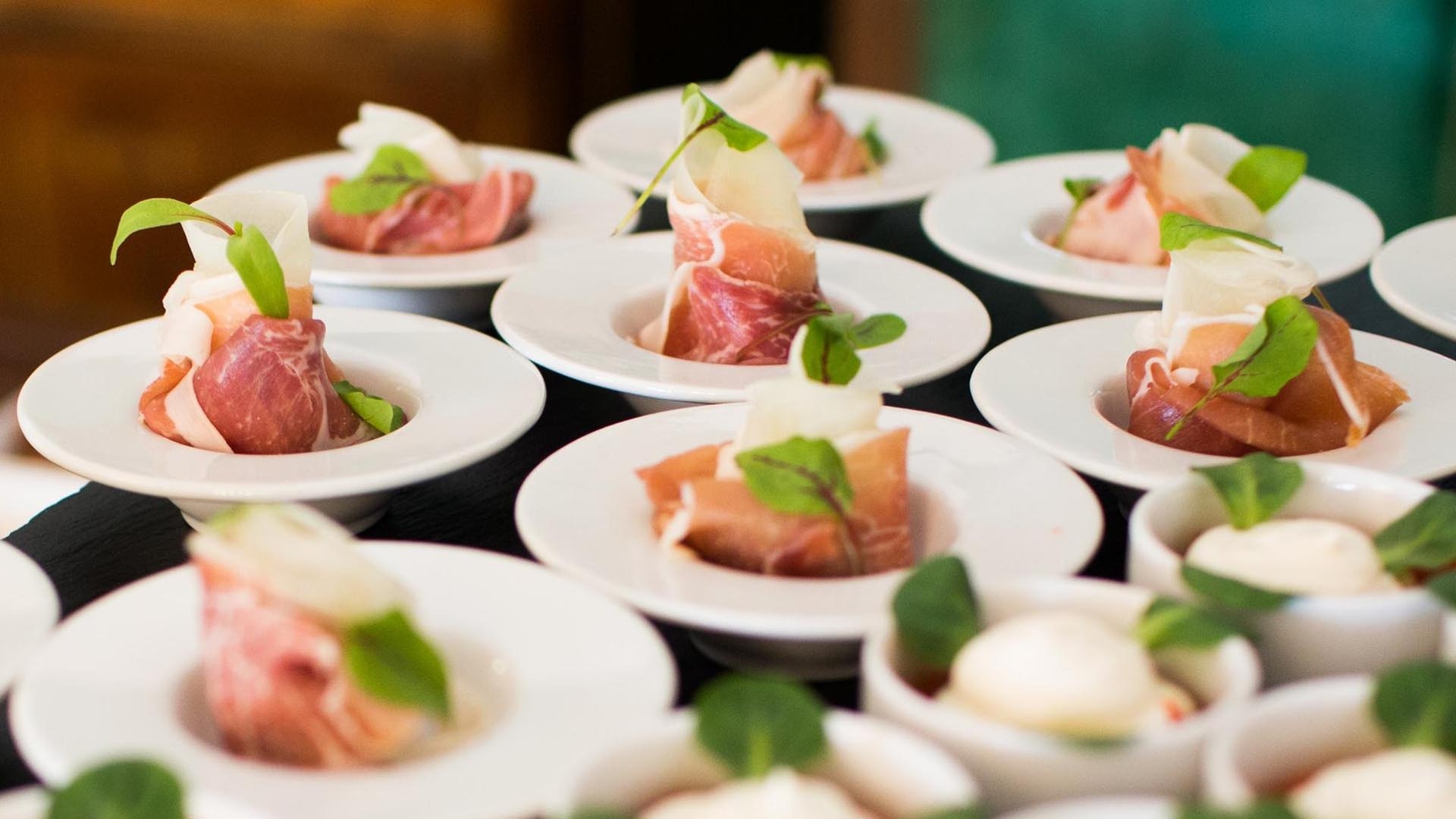 Oliver Rowe, master of seasonal dishes has prepared a number of exciting meals at the 10th Kitchen Show, presented by Globalista Konyha. Originally from the UK, he studied to become a chef in Tuscany and Greece, he then moved to London to spend four years at Moro to become an expert at restaurant management. He soon developed his own style, dependent on fresh product of local farmers. He based his two restaurants and his best-selling cooking book ‘Food for All Seasons’ on this philosophy.
Oliver Rowe, master of seasonal dishes has prepared a number of exciting meals at the 10th Kitchen Show, presented by Globalista Konyha. Originally from the UK, he studied to become a chef in Tuscany and Greece, he then moved to London to spend four years at Moro to become an expert at restaurant management. He soon developed his own style, dependent on fresh product of local farmers. He based his two restaurants and his best-selling cooking book ‘Food for All Seasons’ on this philosophy.
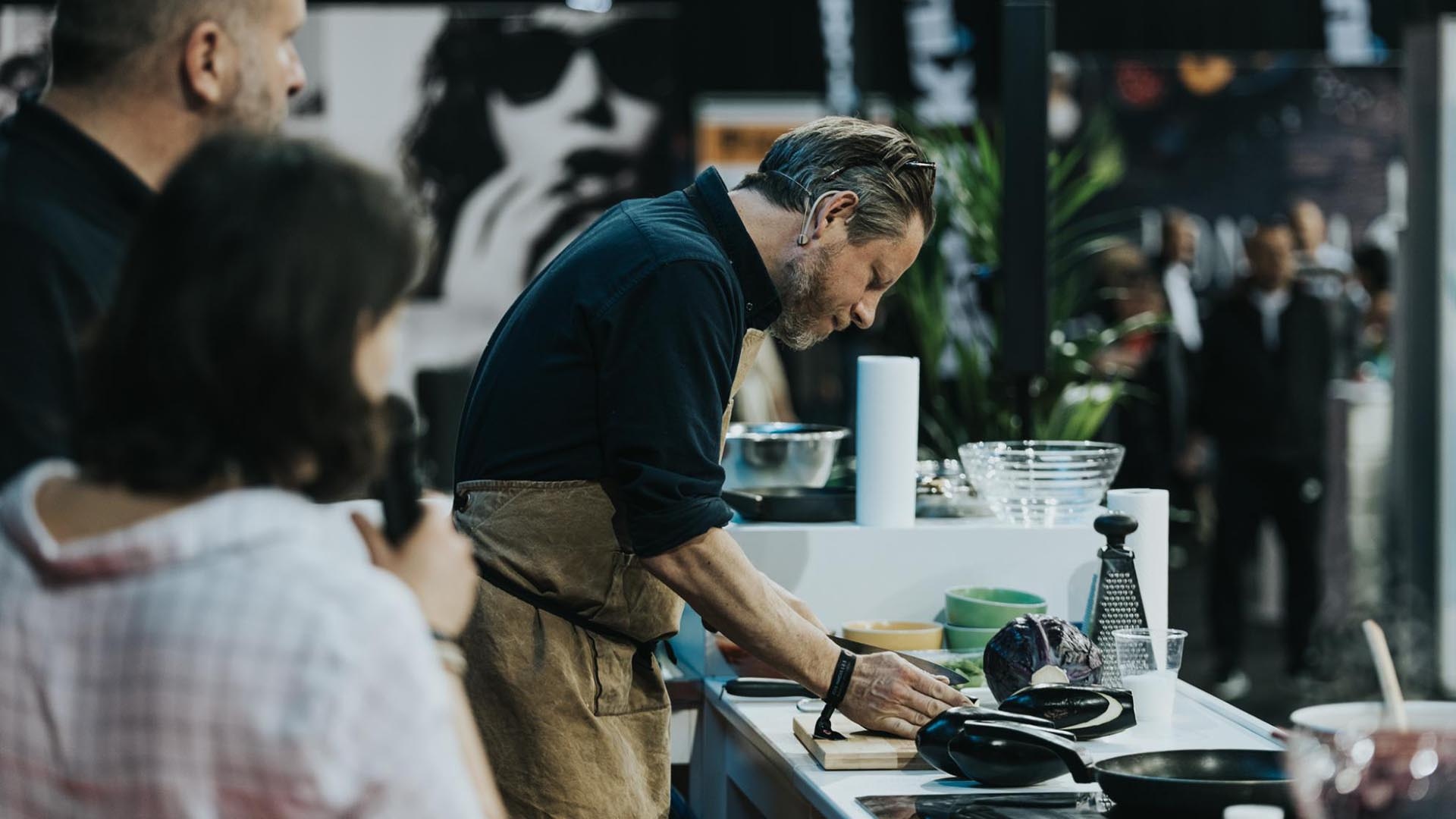 Chef Rowe is also a food styling enthusiast. Food styling is when, before a professional food photography session, you carefully design and plan how the meal can look the most appetizing and beautiful based on the existing light conditions, angle, colors, and the overall food presentation. As a food stylist, you have a lot of decisions to make: should you cut into the meal? What angle should you place the food on the plate? How much should you play with light and lighting? How about negative space and colors? All this process cannot be done without enough experience and expertise. That’s what makes food styling so exciting! Experiment, try your hands at different things, create something out of the ordinary. And don’t forget to visit the 11th Kitchen Show next year!
Chef Rowe is also a food styling enthusiast. Food styling is when, before a professional food photography session, you carefully design and plan how the meal can look the most appetizing and beautiful based on the existing light conditions, angle, colors, and the overall food presentation. As a food stylist, you have a lot of decisions to make: should you cut into the meal? What angle should you place the food on the plate? How much should you play with light and lighting? How about negative space and colors? All this process cannot be done without enough experience and expertise. That’s what makes food styling so exciting! Experiment, try your hands at different things, create something out of the ordinary. And don’t forget to visit the 11th Kitchen Show next year!
